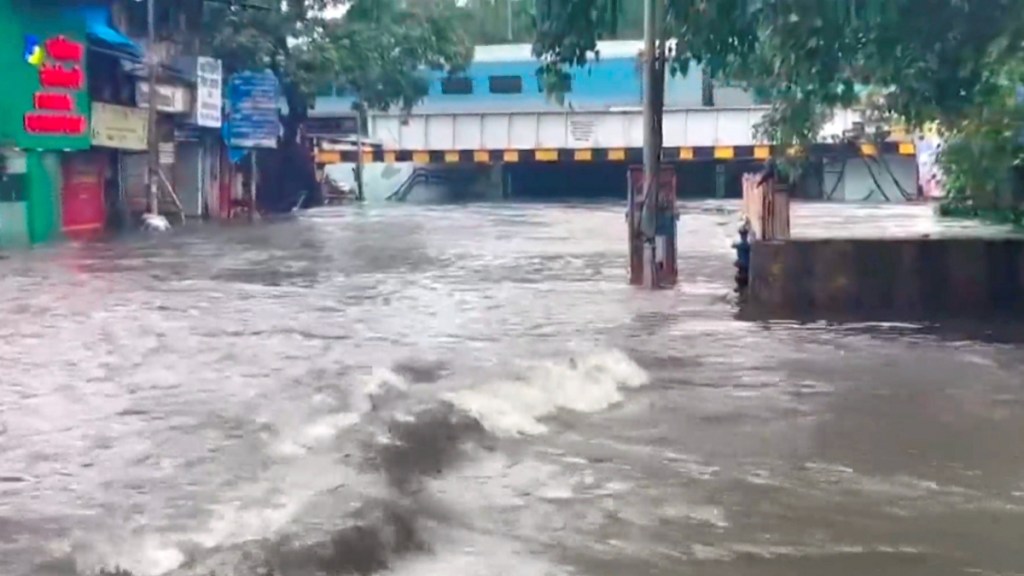The urban nightmare that Indian cities are fast turning out to be is best manifested by flooding, which is becoming increasingly frequent. Last week, torrential rainfall brought New Delhi to a standstill and exposed, not for the first time, the sheer lack of preparedness of the civic administration to tackle a downpour.
A day later, the Centre introduced a Bill in Parliament that seeks to set up urban disaster management authorities for state capitals and big cities with municipal bodies. It aims to improve the functioning of the National Disaster Management Authority (NDMA) and create a database at the national and state levels. The NDMA itself treated urban flooding as a separate disaster and laid down guidelines in 2010, having focused on riverine floods until the devastating deluge in Mumbai in 2005 forced a rethink.
Reports of urban flooding are now routine across the country. Indian cities are already behind schedule to combat a problem that is set to intensify. The Intergovernmental Panel on Climate Change has warned of more intense monsoon precipitation in South Asia, including India, as a result of rising temperatures.
As global warming triggers extreme weather events worldwide, disasters will bear an enormous cost to livelihoods and infrastructure, apart from being potentially fatal. With above normal monsoon rain predicted this year, cities must brace for sporadic bursts of heavy rainfall until next month.
In such a scenario, there is a need for sharper real-time alerts to prepare citizens for adverse weather even as the India Meteorological Department has claimed much progress in this regard as a result of improvements in early warning systems and dissemination of information.
City planning is also a factor that cannot be ignored if disasters have to be minimised. Among the gaps in planning is the neglect of migrant workers, who contribute to building cities but seek refuge in slums and encroached settlements that leave little room for draining out rainwater.
A metropolis like Mumbai, which is battered by monsoon rain annually, stares at the prospect of accommodating a populace in 2050 that is twice as much as the current 20 million. Rather than spending heavily on infrastructure, which has also faced question marks over quality of late, the focus should be on more equitable land use and better public transport.
Most critically, however, one thing in common among cities — as evidenced in Delhi where the Supreme Court has questioned the governments and municipalities about safety norms after the deaths of civil services aspirants at the flooded basement of a coaching centre — is the tendency to shift the blame and avoid accountability.
Forming newer, domain-specific entities may be good on paper. However, cities suffer from fractured governance when multiple authorities tasked with managing different areas such as water, transport, and housing get away with passing the buck. Even if there is a case for increased allocations for municipal bodies, the fact is that they are flush with funds.
For the record, Mumbai has the richest municipal corporation in the country. It also gave a good account of itself in a crisis when, under IAS officer Iqbal Singh Chahal, a participative model kept the lid on Covid-19 while politicians took the backseat. Political appointees and corrupt civic bodies have failed citizens for far too long. It is time the people’s representatives appoint a mayor, à la a company CEO, who is accountable and empowered to address all challenges under one roof.

